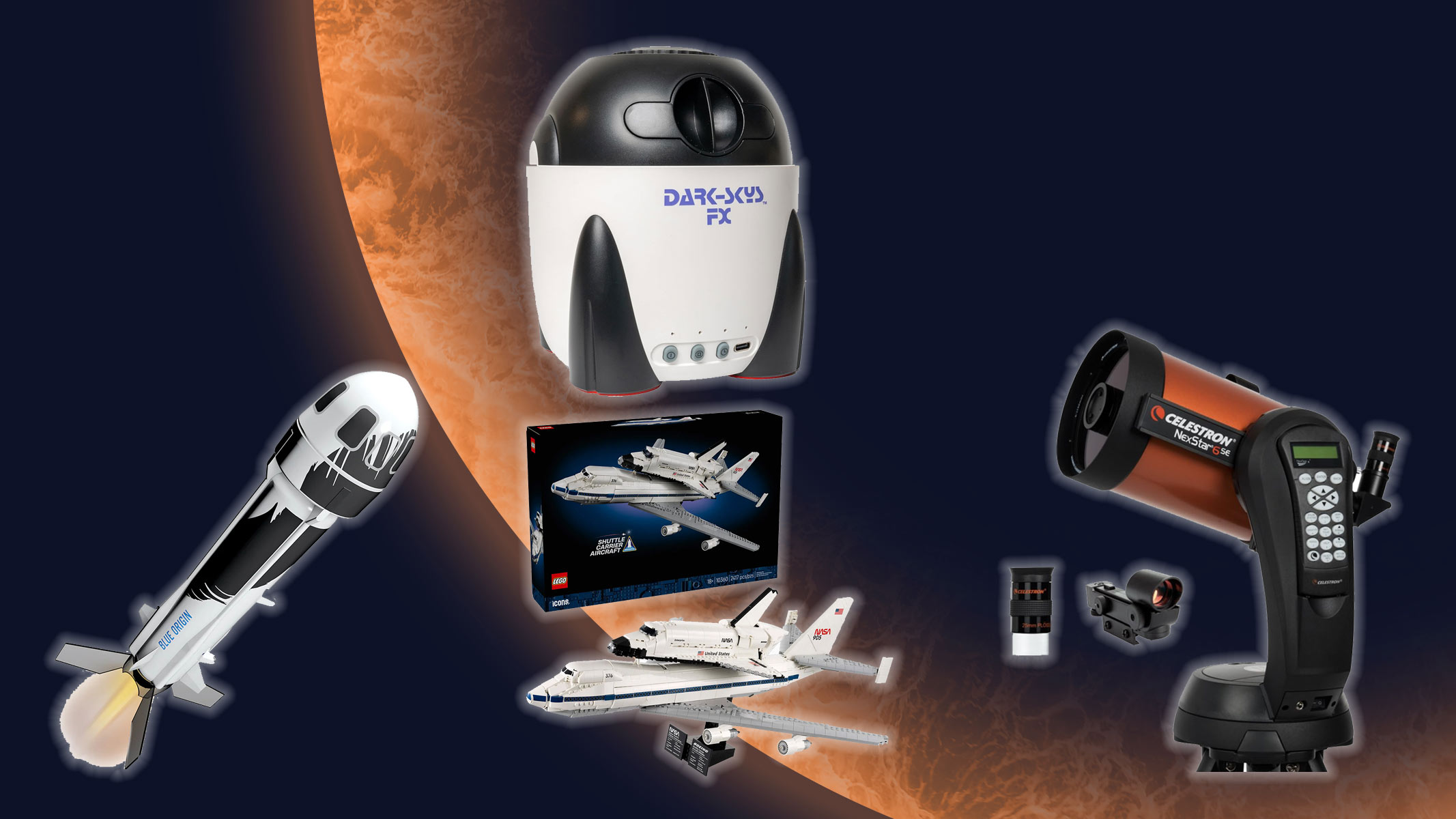SpaceX will launch a Dragon cargo ship for NASA on Aug. 28. Here's how to follow it online.
Liftoff is at 3:37 a.m. EDT (0837 GMT) so set your alarm or stay up super late!

The next SpaceX Dragon spacecraft to visit the International Space Station will launch next Saturday (Aug. 28), and if you're an early-bird you can watch it all online.
A SpaceX Falcon 9 rocket will launch the Dragon CRS-23 cargo ship for NASA from Pad 39A of the Kennedy Space Center in Cape Canaveral Florida. Liftoff is set for 3:37 a.m. EDT (0837 GMT), so be ready to wake up extra early (or just stay up super late) if you want to watch it. The launch will be carried live on this page courtesy of NASA Television, SpaceX's YouTube channel, as well as their respective social media channels. NASA's webcast will begin at 3:15 a.m. EDT (0815 GMT).
NASA and SpaceX will hold two press conferences ahead the launch that you can watch online. A science teleconference on the cargo riding on Dragon CRS-23 is set for Monday (Aug. 23) at 1 p.m. EDT (1700 GMT). You can listen in on this page or on the NASA Live page. On Friday, Aug. 27, you can watch a prelaunch briefing for the mission at 12 p.m. EDT (1600 GMT) on this page and NASA TV.
While in-person launch slots remain few and far between (and mostly for media) due to the pandemic, NASA will have a virtual experience for anyone who wants to watch Dragon fly. If you tune in, NASA says that you will receive "curated launch resources, notifications about interaction opportunities, and a virtual guest passport stamp following a successful launch." Make sure to register here first.
Related: See the Evolution of SpaceX's Rockets in Pictures
A typical Dragon spacecraft brings thousands of pounds of supplies, equipment and station hardware to the orbiting complex and then returns home filled with unneeded items along with experiments. (Dragon, unlike the Northrop Grumman has the ability to refrigerate items for a short time, allowing for things such as blood samples to come back to Earth for analysis.)
"The spacecraft will deliver a variety of NASA science investigations to the station, including a study on preventing and treating bone density loss, an investigation that could detect and mitigate vision disorders, and a new robotic arm demonstration that could reveal potential uses on Earth, including in disaster relief," NASA said of some of the station's anticipated science cargo.
Breaking space news, the latest updates on rocket launches, skywatching events and more!
"The capsule also will deliver materials including concrete, fiberglass composites, and substances that can offer protection against radiation to investigate how they respond to the harsh environment of space," the agency added.
In NASA's words, here are some of the main science experiments:
- The APEX-08 experiment will study plants’ genetic responses to stress to identify key targets for genetic engineering of plants more suited to microgravity.
- The READI-FP experiment studies how bio-collagen and bioactive metabolites sourced from waste products in wine production could have potential protective effects on bone tissue during spaceflight.
- Retinal Diagnostics will test the potential to capture images of the human retina in space using a commercially available ophthalmology lens.
- The GITAI Robotic Arm Tech Demo will discuss the technology demonstration of a robotic arm designed to conduct common crew activities directed by teleoperations from Earth.
- MISSE-15 NASA will expose materials such as concrete, thin-film solar cells, and more to the harsh environment of space to test their performance and durability.
- The Faraday Research Facility, a new tool for conducting small experiments in microgravity will host a study testing remote drug delivery as well as experiments designed by Girl Scouts.
Follow Elizabeth Howell on Twitter @howellspace. Follow us on Twitter @Spacedotcom and on Facebook.

Elizabeth Howell (she/her), Ph.D., was a staff writer in the spaceflight channel between 2022 and 2024 specializing in Canadian space news. She was contributing writer for Space.com for 10 years from 2012 to 2024. Elizabeth's reporting includes multiple exclusives with the White House, leading world coverage about a lost-and-found space tomato on the International Space Station, witnessing five human spaceflight launches on two continents, flying parabolic, working inside a spacesuit, and participating in a simulated Mars mission. Her latest book, "Why Am I Taller?" (ECW Press, 2022) is co-written with astronaut Dave Williams.
